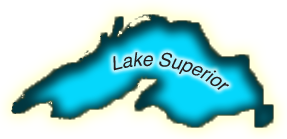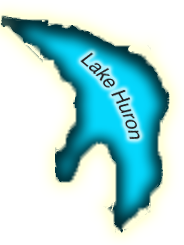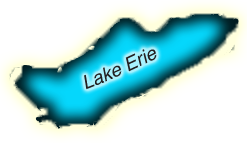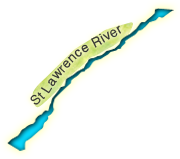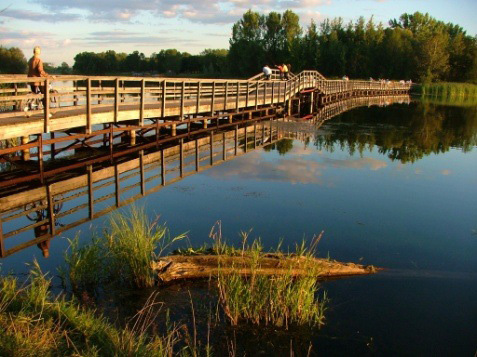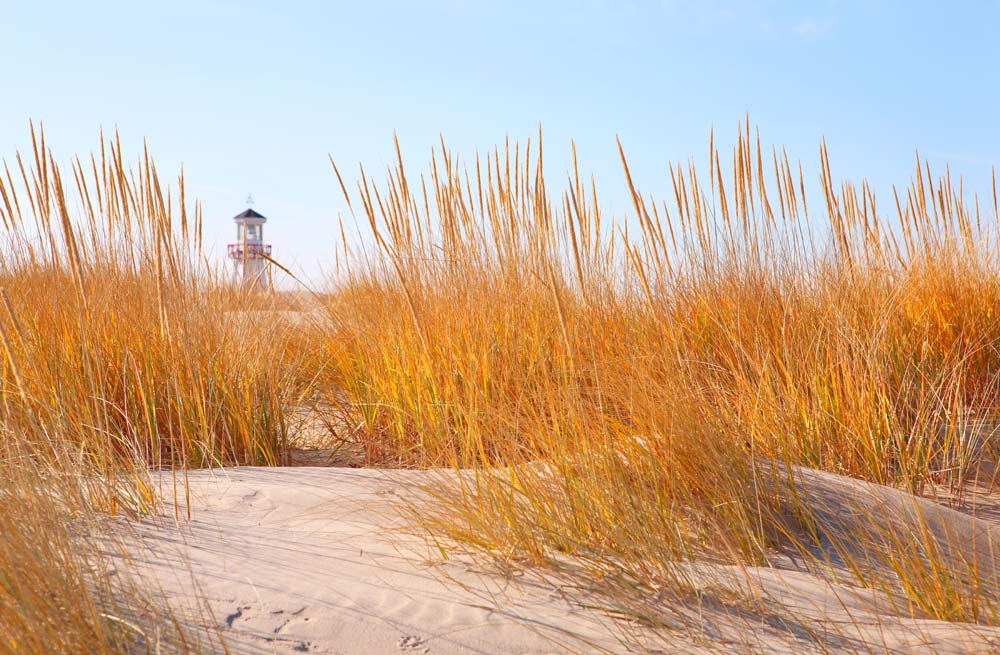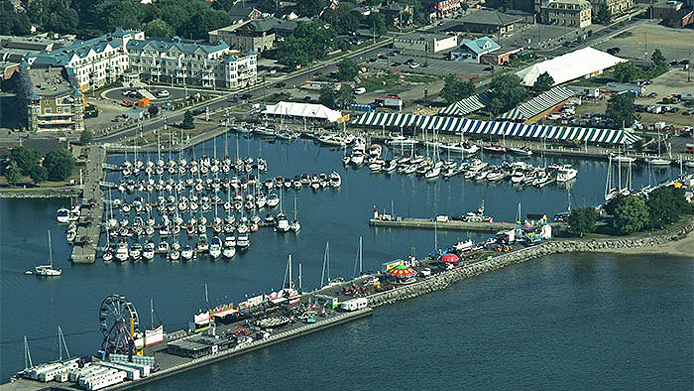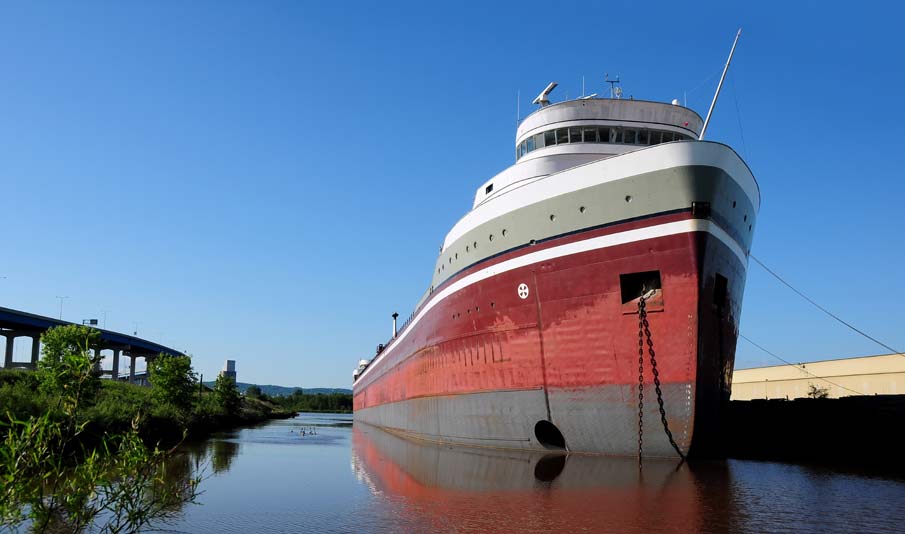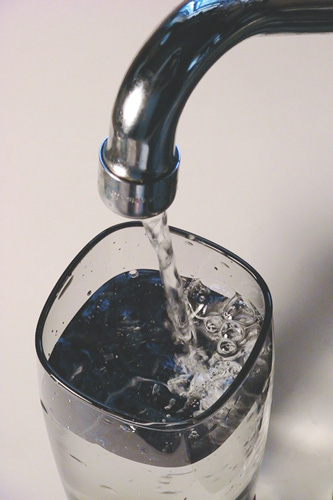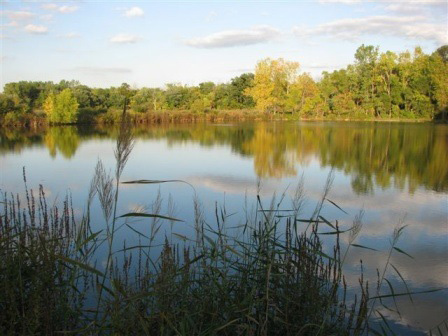Benefits of the Great Lakes
The natural systems and features of the Great Lakes and St. Lawrence River such as the water, rivers, wetlands, forests, insects, fish, plants and wildlife are important components for healthy communities. They contribute to the Ontario economy, enable the development of innovative green technologies, and they help us to adapt to the uncertain impacts of climate change.
The Great Lakes and St. Lawrence River help to recycle and purify the water we drink, absorb the waste we produce, provide us with food, fuel and shelter, moderate our climate, and provide outdoor recreation opportunities which contribute to healthy bodies and minds. This region attracts a wide range of people from around the world to live, work and play in Ontario.

